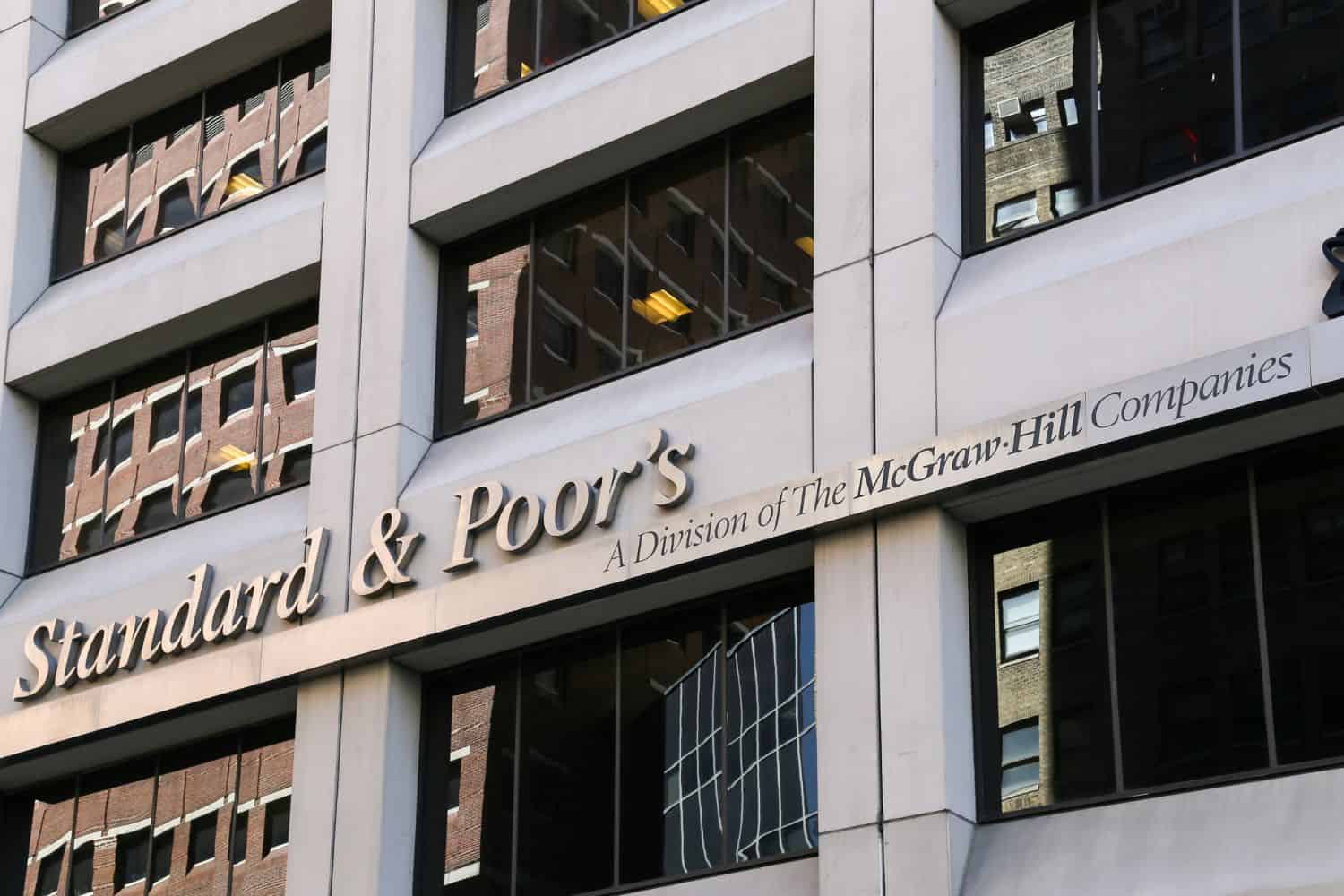All eyes were on Standard & Poor to see if the rating agency would change South Africa’s credit rating to a more positive score.

Standard & Poor’s has upgraded South Africa’s credit rating for the first time in two decades, thanks to its improving growth and fiscal trajectory.
The ratings agency raised its foreign currency long-term sovereign credit rating on South Africa to ‘BB’ from ‘BB-‘ and its local currency long-term sovereign credit rating to ‘BB+’ from ‘BB’. The outlook is positive.
At the same time, Standard & Poor (S&P) raised its Transfer & Convertibility assessment on the country to ‘BBB-‘ from ‘BB+’.
And affirmed its ‘B’ short-term foreign and local currency sovereign credit ratings and its ‘zaAAA/zaA-1+’ long-term and short-term national scale ratings on South Africa.
ALSO READ: More positive S&P ratings outlook thanks to more policy certainty
Economist welcomes Standard & Poor upgrade for SA’s investment rating
Prof. Raymond Parsons, economist at the NWU Business School, says the widely expected Standard & Poor’s decision to upgrade South Africa’s investment rating for the first time in nearly two decades is welcome news for the economy.
“It recognises the extent to which certain recent positive economic developments improved South Africa’s fiscal position and growth outlook, which strengthened investment sentiment.
“The S&P decision has now opened the way for South Africa to eventually extricate itself from its current junk status, but there is still a long way to go.”
Parsons says that to regain full global investment status still requires that the country’s economic steersmanship stays firmly on track over the next few years.
“Weaker growth would jeopardise the planned fiscal trajectory.
“Successful implementation of growth-friendly policies, therefore, remains the key – by ensuring that reform commitments will continue to be translated into tangible outcomes in confidence, stability, investment, jobs and service delivery.
ALSO READ: S&P Global keeps SA’s credit rating on positive outlook
Standard & Poor expects government to post third year of primary surplusses
S&P says in a statement released on Friday night that it expects South Africa’s real gross domestic product (GDP) growth will increase to 1.1% in 2025 (after a subdued 0.5% in 2024) and average 1.5% over 2026-2028, as reforms to electricity and other sectors support growth.
“In the first half of fiscal 2025 (year ending March 31, 2026), fiscal revenue outperformed budgeted targets, and we expect the government to post its third successive year of primary surpluses.
“Given improving tax collections and expenditure constraints, we expect fiscal consolidation to continue through to fiscal 2028.”
S&P also expects contingent liabilities to ease as state-owned enterprises (SOEs) are likely to require less financial support going forward.
The agency said the positive outlook reflects the potential for further improvements in fiscal metrics and government debt stabilisation if the coalition government continues its fiscal consolidation.
“The outlook also reflects the possibility of stronger growth than we currently expect, despite trade- and tariff-related headwinds, if the authorities accelerate economic reforms while addressing infrastructure pressures.”
ALSO READ: Moody’s: High borrowing costs in SA, while Fitch keeps rating stable
What Standard & Poor will do in upside and downside scenarios
In a downside scenario, S&P warns it could revise the outlook to stable if ongoing economic and governance reforms do not progress, resulting in a deterioration of economic growth rates or higher-than-expected fiscal deficits and interest burden. This could result, for example, from constraints in critical infrastructure.
In an upside scenario, the agency says it could raise the ratings if fiscal imbalances reduce more significantly than it currently expects, supported by an improving track record of effective reforms that further strengthen economic growth and further reduce contingent liabilities.
S&P says the upgrade reflects South Africa’s improving growth and fiscal trajectory, alongside the reduction in contingent liabilities tied mainly to performance improvements at the state-owned electricity utility, Eskom.
“The government is on track to post its third annual primary surplus (revenue minus expenditure, excluding interest payments on debt) in fiscal 2025 (year ending March 31, 2026), while contingent liabilities are likely to ease as state-owned electricity utility, Eskom, is being reformed. Eskom posted its first profit in eight years and is therefore likely to require less financial support going forward.”
Standard & Poor expects GDP to pick up slightly, but global tariffs will constrain growth
The agency says it expects real GDP growth to pick up slightly to 1.1% this year, from 0.5% in 2024, as more private sector-driven electricity supply comes onstream and, provided last year’s drought is not repeated, but growth will be constrained by global tariff-related risks and infrastructure shortcomings.
“We forecast slightly higher GDP growth of 1.5% on average over 2026-2028, partly supported by lower interest rates and the recent establishment of a two-pot retirement system, which allows people to partially withdraw funds from their retirement accounts and should help boost household consumption.
“Nevertheless, per capita GDP growth is forecast to average 0.6%, below its peers’ and is insufficient to materially raise living standards or lower unemployment, which currently stands at 33%.
“Our GDP growth projections over 2025-2028 (averaging 1.4%) are slightly lower than the government’s (which average 1.6%), largely because of our less supportive view on investment, with upward revisions depending upon the pace of reform momentum.”
NOW READ: Moody’s keeps SA sovereign credit rating unchanged






